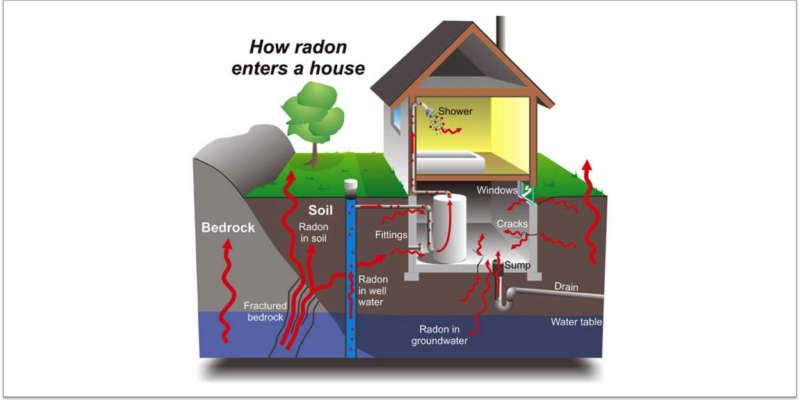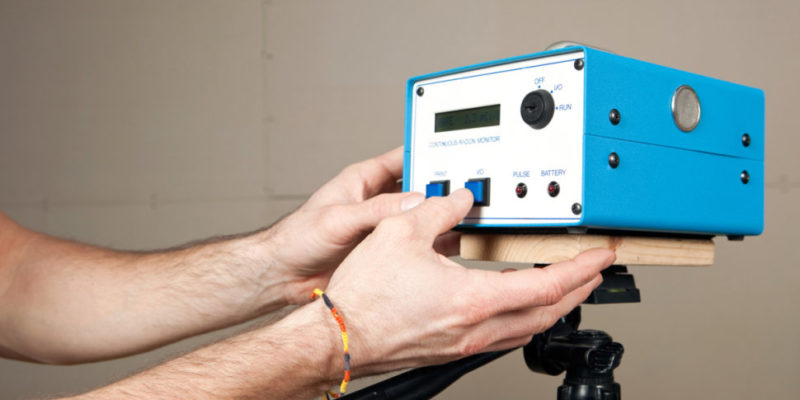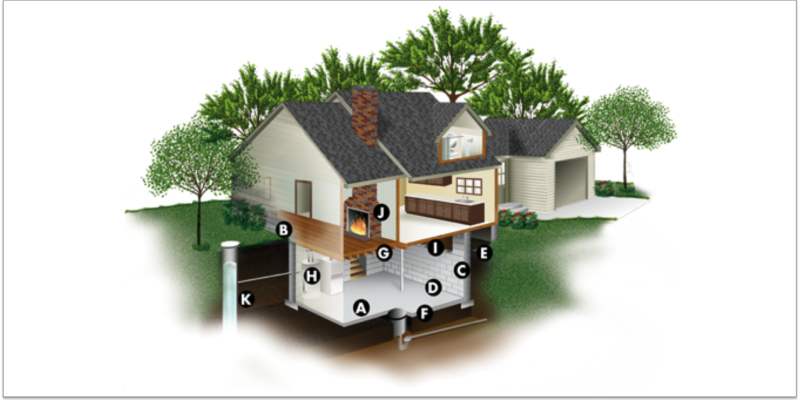January is National Radon Action month and the Environmental Protection Agency is asking homeowners to “save a life” by testing for radon and fixing any problems they find. Radon is a radioactive gas and exposure to it causes 21,000 lung cancer deaths per year—only smoking causes more. Because you can’t see, smell or taste radon, it’s important to periodically test the air in your home. Believing you live in a region not affected by radon is just one of the myths about this deadly gas. Here are the EPA’s top 10.




